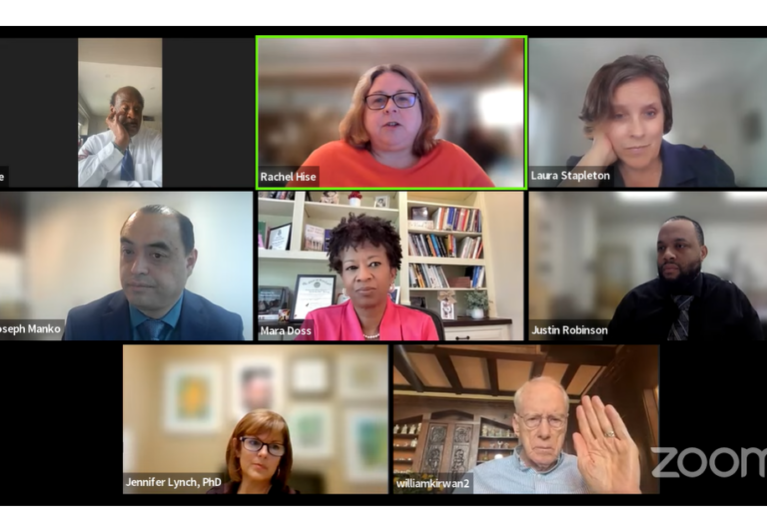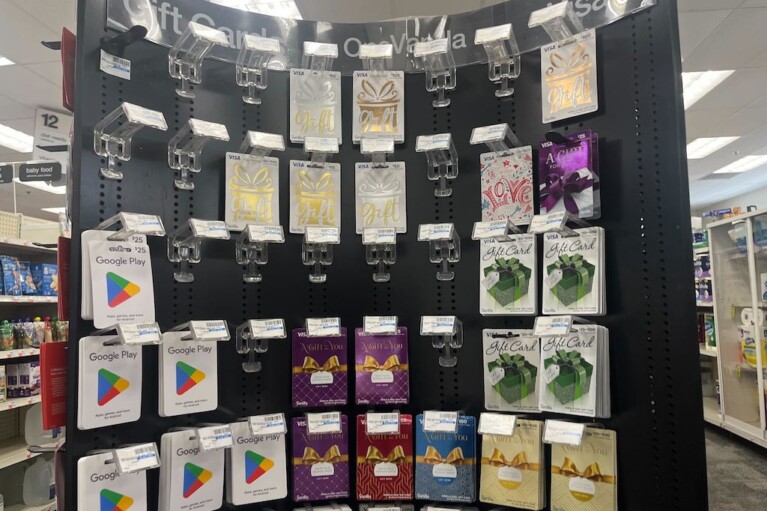With Digital Divide Starker Than Ever, More Than 400K Marylanders Lack Broadband

Maryland is making strides to close the digital divide, with a variety of government programs and private partnerships that are finding ways to connect far-flung and low-income homes to the web, broadband advocates said on Tuesday.
But with the world becoming more wired, and public health mandates continuing to limit social interaction, the estimated 185,000 Maryland homes that lack internet access find themselves more disadvantaged than at any other time.
“A lot of times this conversation is carved up into rural vs. urban, but I think that COVID-19 has lifted this up as an issue that we should all be concerned about,” said Claudia Wilson Randall, associate director of the Community Development Network.
The Federal Communications Commission defines “high-speed internet” as 25 megabits per second download and 3 megabits per second upload.
Randall, moderator of a “Broadband For All” webinar held Tuesday, said approximately 425,000 Marylanders lack such service. Most of them — more than 324,000 people — live in rural communities, according to the Congressional Research Service and a Maryland task force report.
That makes it difficult, if not impossible, for them to engage in remote learning, visit with a healthcare provider using the growing number of telehealth platforms, research job opportunities or start a business from home, panelists said.
The issues are many.
Easton Utilities COO John Horner said it costs about $40,000 per mile to wire a community for internet service — and companies will only invest that type of money if there are enough customers to recoup their costs.
“In order to make that a feasible project for an internet service provider, you need to have about 40 customers available to take that service per linear mile,” he said. “The real issue is density. And as you get into the rural areas, you simply don’t have the density.”
Less populated areas have multiple challenges, said Alex Marre, regional economist at the Federal Reserve Bank of Richmond: hilly topography, a lack of population density, and a concentration of older and lower-income residents.
Joanne Hovis, CEO of the Coalition for Local Internet Choice and the president of CTC Technology & Energy, said Maryland is home to multiple success stories — Talbot, Garrett and Charles counties among them.
Each has built broad community partnerships and leveraged government funding and grants to close the digital divide, she said.
Families in Garrett County “that wanted to do work from home, to do home-schooling, to build businesses from home, were simply unable to do so,” until the creation of a public-private partnership that brought internet service to 3,000 families in the state’s western panhandle, Hovis said. “The partnership removed all of the financial risk from the county.”
In Baltimore and other communities where there are large pockets of low-income persons, the challenge isn’t the availability of internet service but the cost.
Kenrick M. Gordon, director of the Governor’s Office of Rural Broadband, acknowledged that many customers who signed up for discount service were disappointed in the quality.
He said the state is working to map lower-quality service using “speed testing, so that we can do a better job of understanding the extent of the problem.”
Quoting research conducted at Perdue University, Marre said every dollar invested in expanding internet access results in $3-$4 of economic activity, a return he called “very high.”
“If you’re in a community that doesn’t have broadband access, what’s your plan for economic growth?” he said. “It’s hard to make a case for the path forward without broadband access.”
Marre likened the challenge of extending internet to rural communities to the electrification push in the 1930s. “They were able to totally electrify rural America by just having the political will to do it,” he said.
Nationally, he said, “the cost-funding chasm” is approximately $80 billion. But he urged advocates not to allow themselves to be overwhelmed by the scope of the problem.
“Having been a party to some of these broadband conversations for years, there’s a sense of despair over the issue that I’ve heard continually,” Marre said. “And it’s true that it’s complicated. But I would like everybody to take away from this conversation some hope.”




 Creative Commons Attribution
Creative Commons Attribution